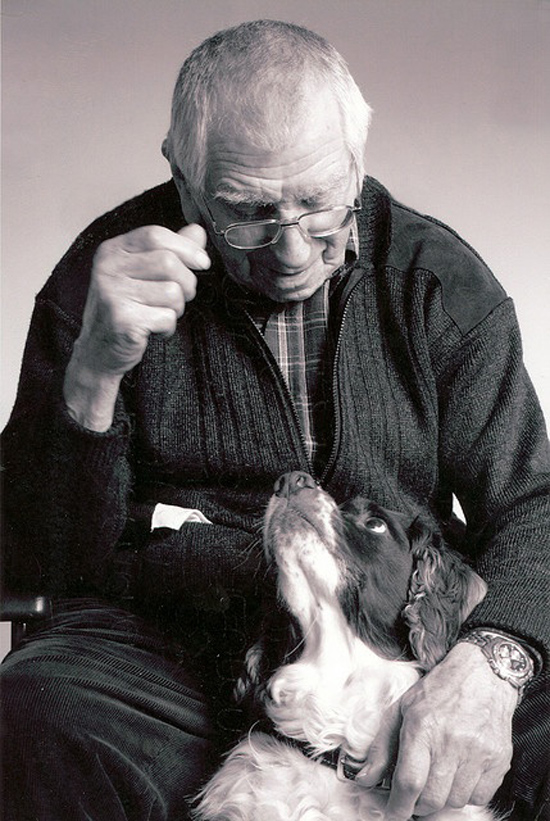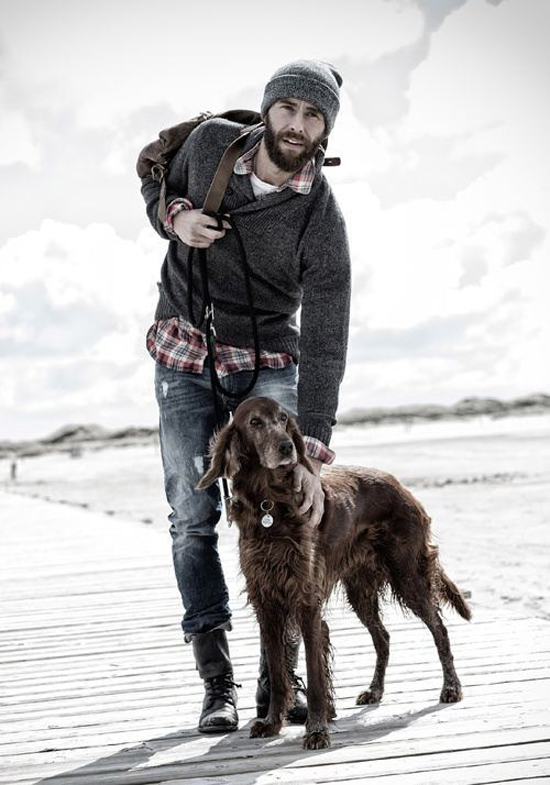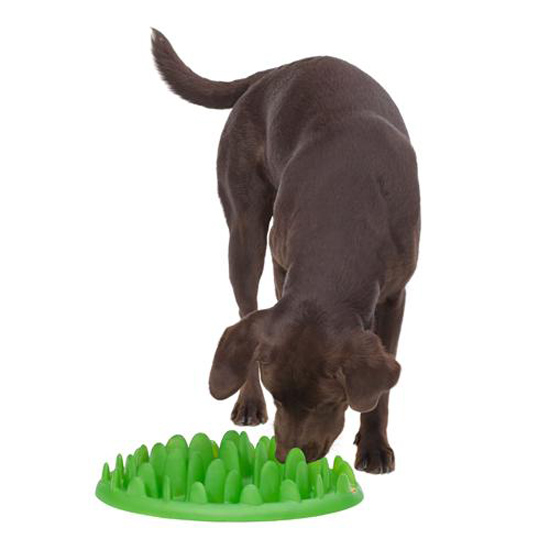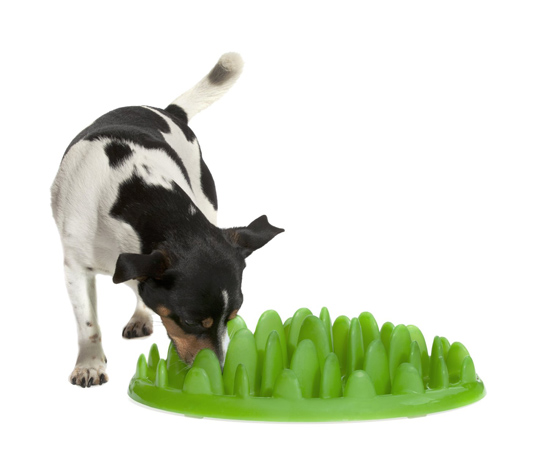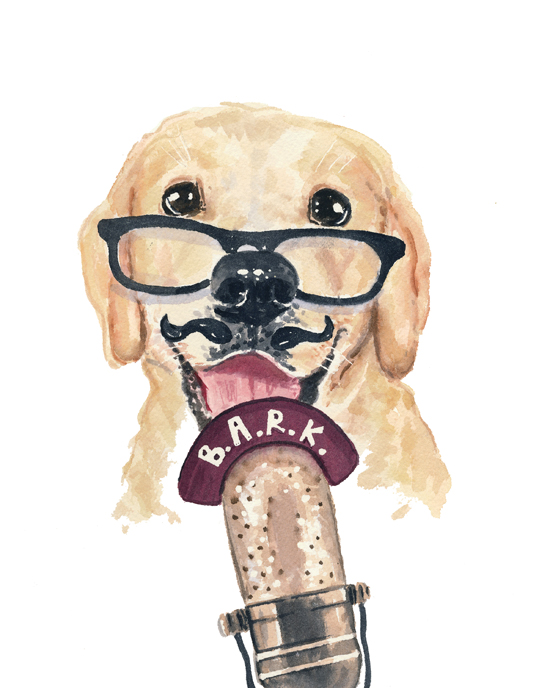 Trying to figure out what your dog ‘saying’ when they bark can be as tricky as trying to solve a Sherlock Holmes’ case! So today we’re going to spend a little time learning how to be better listeners for our canine friends. Here are a few insights into what a dog’s barking really means — and why trying to shush them may not always been the best idea.
Trying to figure out what your dog ‘saying’ when they bark can be as tricky as trying to solve a Sherlock Holmes’ case! So today we’re going to spend a little time learning how to be better listeners for our canine friends. Here are a few insights into what a dog’s barking really means — and why trying to shush them may not always been the best idea.
1. Very fast, non-stop, serious sounding bark
Rory is notorious for this type of bark. She’ll hear ‘something,’ leap to her furry feet and bark, bark, bark, bark, bark for what sounds like forever, punctuated by some growling. Most behaviourists agree that this type of barking translates to something along the lines of “Alert! Alert! There is danger approaching!” In other words, your dog is raising the alarm to put the family on guard. (Does your dog ever do this in the middle of the night and it makes you jump out of your skin?)
2. Drawn out, continuous barking with longish pauses
Growing up, one of our neighbours had a hound who would bark this way all summer long. It usually is a form of self-entertainment or complaining: “I’m bored. I’m lonely. Is there anybody out there?” Making sure your dog gets frequent and regular exercise and has all sorts of fun toys to play with when alone can help address this particular barking issue.

3. Strings of serious barks with small pauses
This is Lucy’s barking style at the moment. She’ll offer a few little ‘woofs,’ pause, look around, tuck her tail and then ‘woof’ a little more. Unlike bark #1 above, it is usually safe to say that this bark means “I think there’s something coming? I’m not quite sure, but I think there might be? Can somebody come with me to check?” They are trying to raise the alarm, but aren’t quite sure.
4. Series of yelps
This is a no brainer (or at least, it should be). If a dog makes this sound, they are in pain or are very afraid.
5. Uneven, high-pitched, frequent barks
This type of ‘voice’ can be heard at any dog park. It’s the “I’m so excited! I can’t believe it! Oh my gosh, a squirrel! A treat! A ball! A Frisbee! An empty water bottle! A new person! My tail!” exclamation. Most dogs have something that they get really super-duper excited about and some pupsters simply cannot contain their joy. Little Lucy, for example, gets this way whenever she hears the kibble bag rustle (we’re working on it).
6. One or two short, sudden low pitched barks
This sort of vocalization is a little more serious sounding and usually means “Stop that!” It’s a warning to be sure and is frequently heard between older dogs telling off little pups. Rory, for example, has been doing this lately teaching Lucy that jumping on her mid-nap is not cool.
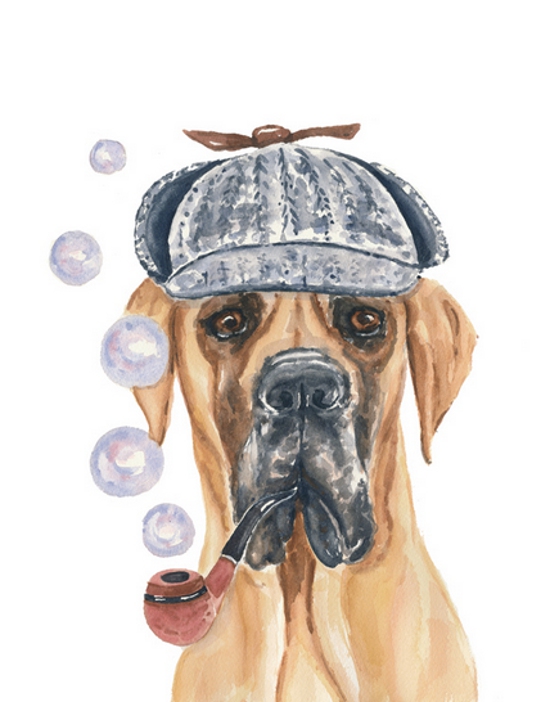 7. A loud, high-pitched, non-continuous bark
7. A loud, high-pitched, non-continuous bark
A high-pitched bark, that is not a yelp, but not their usual ‘alert’ bark, is often a sign of “Let’s play! Wanna play? I wanna play! Playing is FUN!” Of course, to be sure, one should be mindful of a dog’s body language too. If the body language is loose, if the tail is wagging and you see some play bows happening, fun is the name of the game! This bark is similar to the human voice jumping an octave when the person gets excited (I am definitely known for this whenever I answer the phone and it’s someone I love!)
Barking outside of the box
It is important to keep in mind that sometimes a dog will develop its own unique barking habit. For instance, one of my relative’s dogs, a mastiff mix, will always growl and bark very low when she plays rough house with her owner.
If you didn’t know this dog, you would swear it sounds like an angry interaction, but she LOVES the game and is bouncy, wagging her tail, flipping over for belly rubs. Similarly, Lucy has a little ‘wookie’ noise she makes quite frequently and while at first I thought it was a sound of protest, it is actually a sound of excitement and she makes it whenever she is really into a game, a toy or an ear scratch.
In short, while the above dog bark key is a great guideline, ultimately it is up to each individual owner to listen to each individual dog so that they may understand each unique voice.
What to do if a dog barks too much?
Barking is a natural part of dog life. They are going to do it. But sometimes a dog’s excessive barking can become an issue, especially if it bothers neighbours. However, there are positive-reinforcement methods to train a dog not to bark that you can try at home or you can speak with a professional dog behaviourist or certified trainer to help you get a handle on your canine chatterbox.
Whatever your dog’s barking habits are, keep an ear open for their little nuances and subtlties to help you better understand what they are trying to tell you.
(Illustrations by Deidre Wicks of Water In My Paint. Be sure to check out her links below for your very own custom watercolour pet portrait!)
***
 Without question our pets are an essential part of our lives. They help us heal from heartbreak, comfort us when we’re sad, make us laugh uproariously and help us burn off that extra chocolate chip cookie. Why not immortalize your beloved pet in watercolour with a custom painted portrait? You can request accessories that illustrate your animal’s personality or choose a more traditional portrait. And they make the perfect gift!
Without question our pets are an essential part of our lives. They help us heal from heartbreak, comfort us when we’re sad, make us laugh uproariously and help us burn off that extra chocolate chip cookie. Why not immortalize your beloved pet in watercolour with a custom painted portrait? You can request accessories that illustrate your animal’s personality or choose a more traditional portrait. And they make the perfect gift!
WEBSITE | ETSY | FACEBOOK

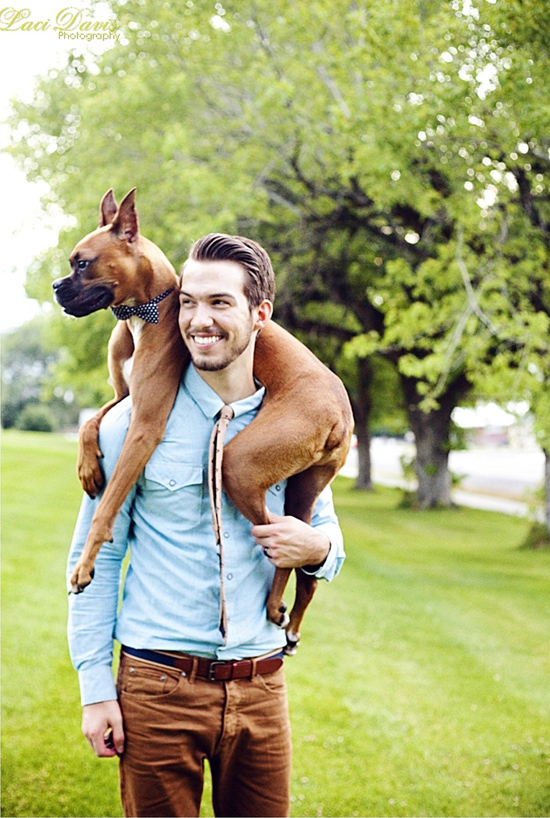
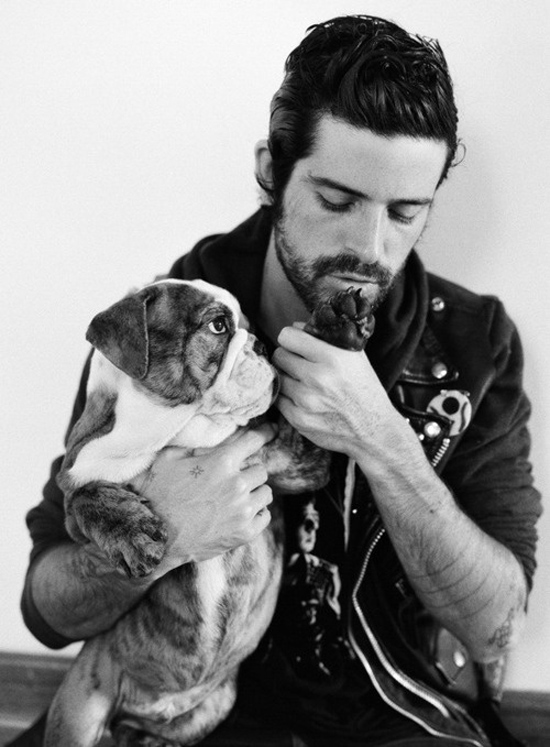
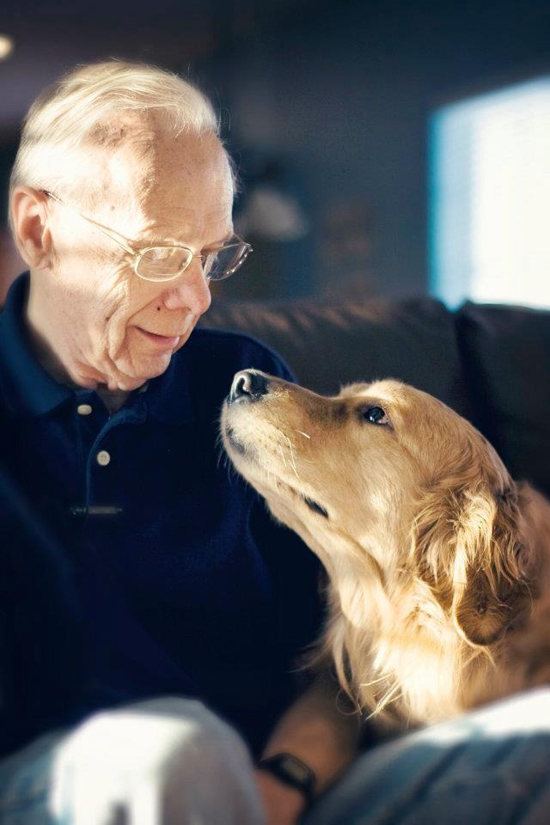
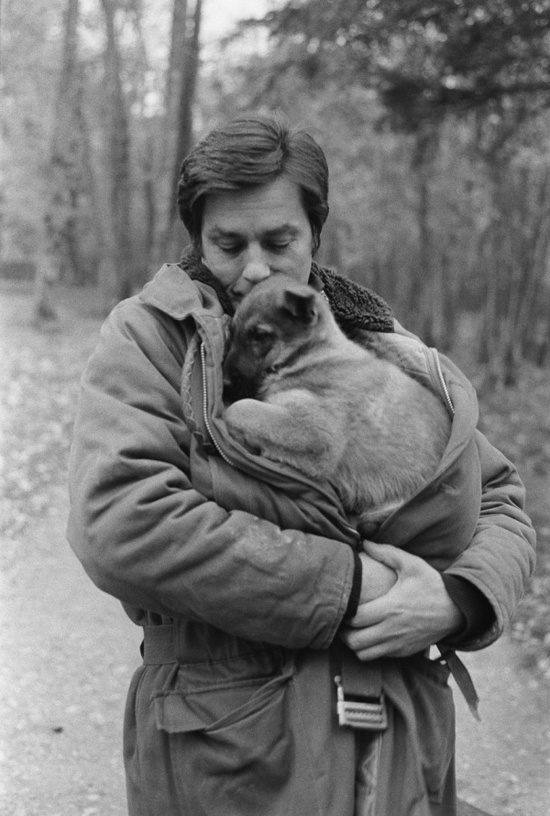
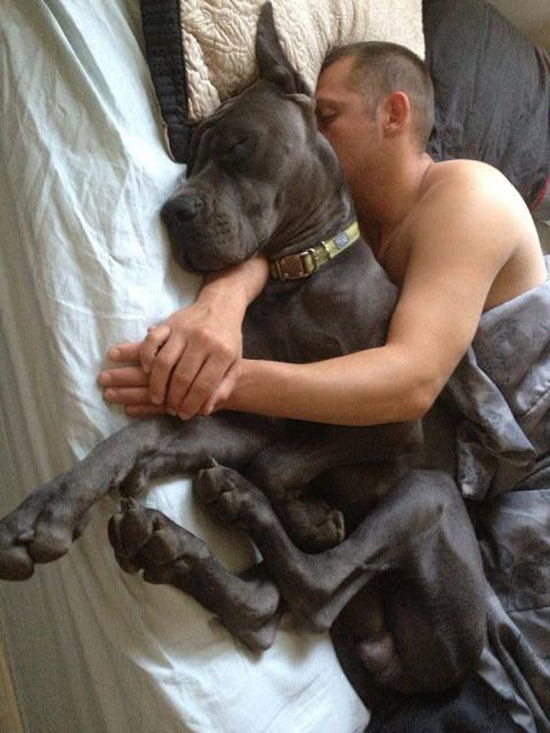
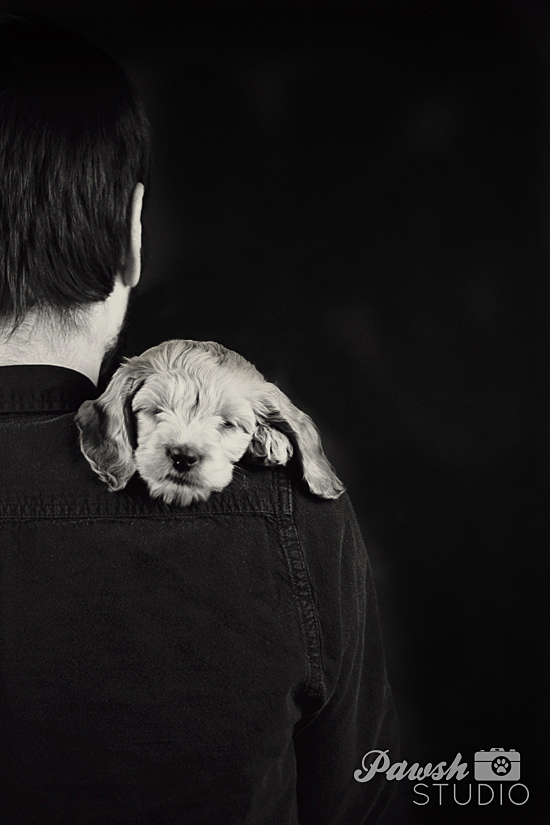
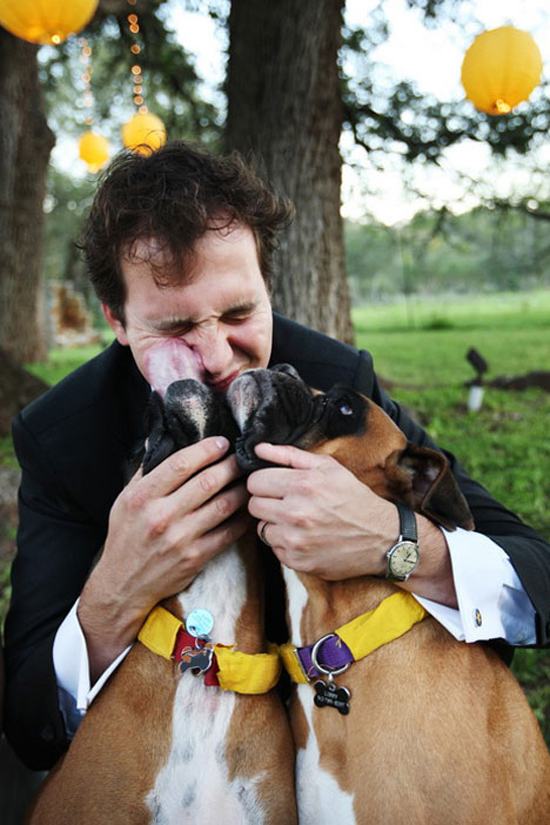
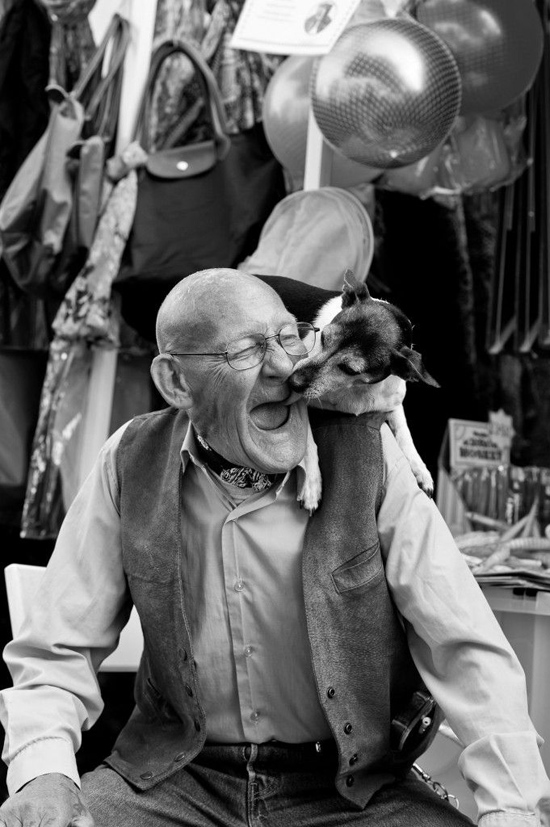
 Gotta love a man who loves walking the pups! (image Jones New York print ad)
Gotta love a man who loves walking the pups! (image Jones New York print ad)